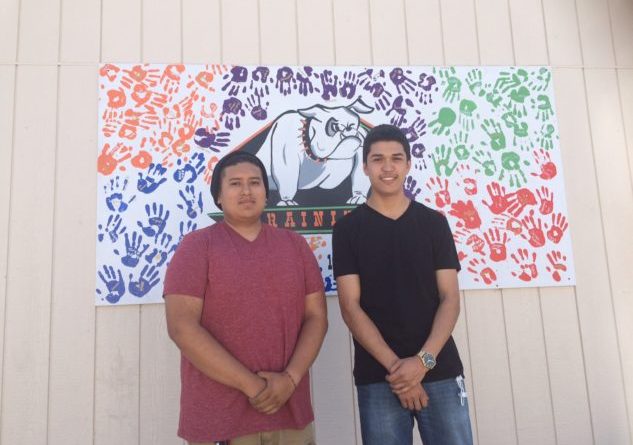Three tips for choosing the right high school
Special to El Observador
When choosing a high school, there are many factors to consider.
Among the biggest consideration for many is whether a school will help prepare each student for college. Looking at the class of 2016, about 55 percent of high school graduates in Santa Clara County met the UC requirements for college preparedness. That number slipped locally to 31.8 percent when looking at just Hispanic students—below the statewide success rate of 37.2 percent for this same group of students who make up a large percentage of those enrolled in local schools. By contrast, every single graduate at Summit Rainier, a San Jose high school which serves over 60 percent Hispanic students, meets the college readiness requirements.
Among the success stories in those statistics are two students: 17-year-old Jorge Araiza Verdusco and Luis Morales, 18 who will be majoring in business when they begin college in the fall. Both were born and raised in San Jose and will be the first in their families to attend college. While preparing for success after high school is never easy, the college-bound seniors recently shared tips for the many families currently choosing a high school for the fall.
Be realistic about your needs
Morales looks at schools that offered smaller classroom environments as well as a focus on college preparation—support he knew he needed. Morales found that support at a school that also had a strong community that encouraged him. For example, Morales has worked closely with a Summit mentor for multiple years—a teacher who not only supported his academics but also was a critical partner in planning for college.
“The opportunities given at Summit—to start thinking about and guiding yourself to have a better future—I didn’t realize it until I had communication with those who went to other high schools. It was eye-opening,” he said.
Verdusco also considered basic logistics in his decision, like access to technology. At Rainier, he was given a laptop. At the time, he didn’t have a smart phone or a laptop. Having access to the technology needed to research, write and complete any project freed Verdusco from trying to answer the simple question of access. Without the laptop, he would have spent lots of time on logistics like how to get to the library, or which family member had a computer available, rather than working on his studies.
Embrace change and challenges
Technology was an attractive feature in the school choice process for both Verdusco and Morales, but it also came with responsibility. Students take control of the pace of learning at Rainier, and that was a transition for both students.
For Morales, the college-like structure made him realize the importance of time management. It also highlighted how he would create undue stress on himself at times. These mistakes became lessons. He began to take responsibility for the outcomes of his decisions. He also began to see the connection between the choices he made every day to accomplishing the goals he’d set for himself.
Verdusco agreed, adding it can be difficult to attend a school that looks and operates so differently from what one’s parents experienced. It requires a transition for the whole family, especially for parents eager to be supportive. That takes time and collaboration.
Seize opportunities
Putting in extra work to drive your own learning and create meaningful relationships within a small community can also come with big opportunities. Both Verdusco and Morales pursued programs that allowed them to continue learning elsewhere.
Verdusco, for example, took part in a four-week community-building trip to Nicaragua. Aside from getting a taste of independence, the trip opened Verdusco up to the world outside of his city. He taught local students English—a life-changing opportunity for Verdusco as well as the students with whom he worked.
At the encouragement of his Spanish teacher, Morales applied for and was accepted to the Chicano Latino Leadership Project—a three-day overnight program in the summer. Not only did it give Morales a taste of the college application process as well as college life, he learned about his culture and how to be a leader based on that rich history.
In the end, it was finding the right community and support that made a difference for both students.
“Summit has a strong community with a mentor who is constantly checking in. It showed me that there are people who care,” Verdusco said, reflecting on his time at Rainier. “Summit pushes us to do our best—mentally and physically, in and out of school. Summit is always there for us.”






